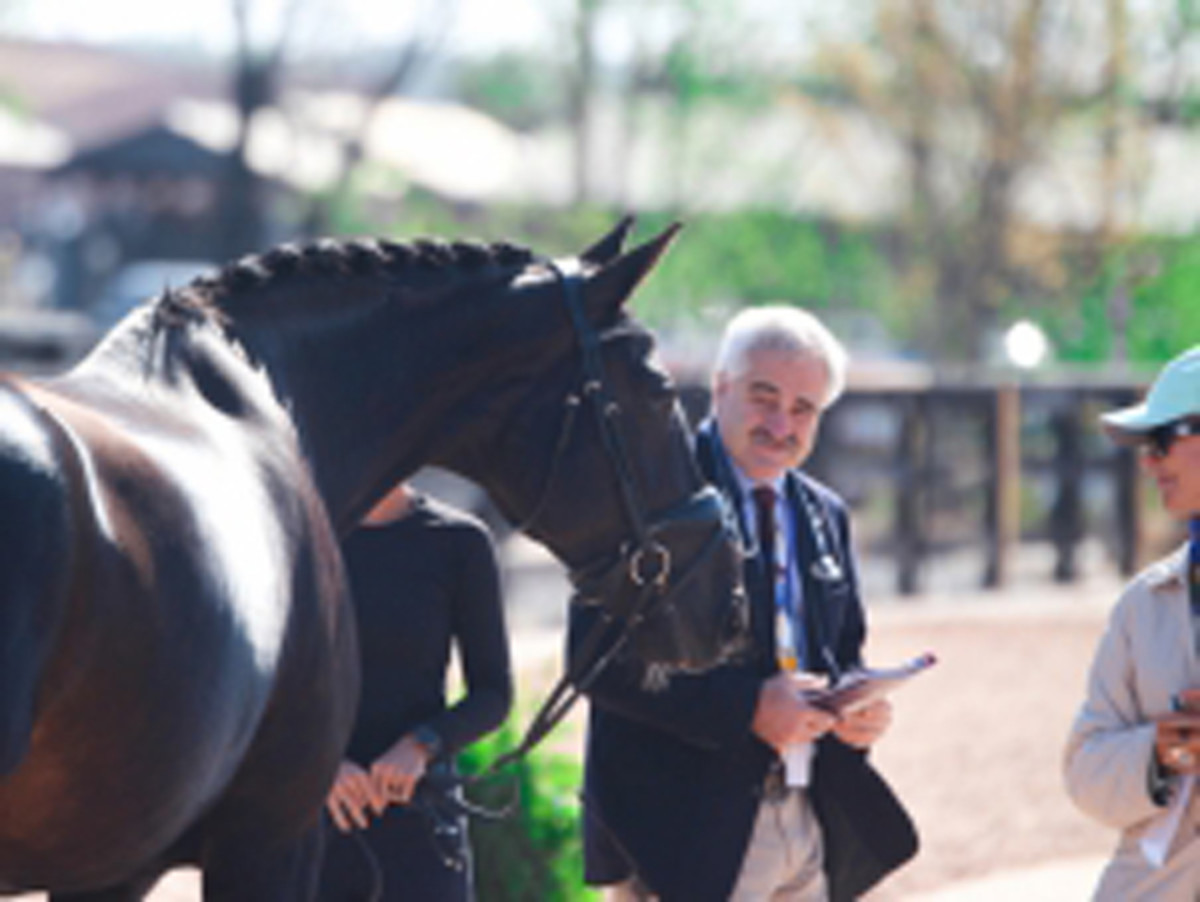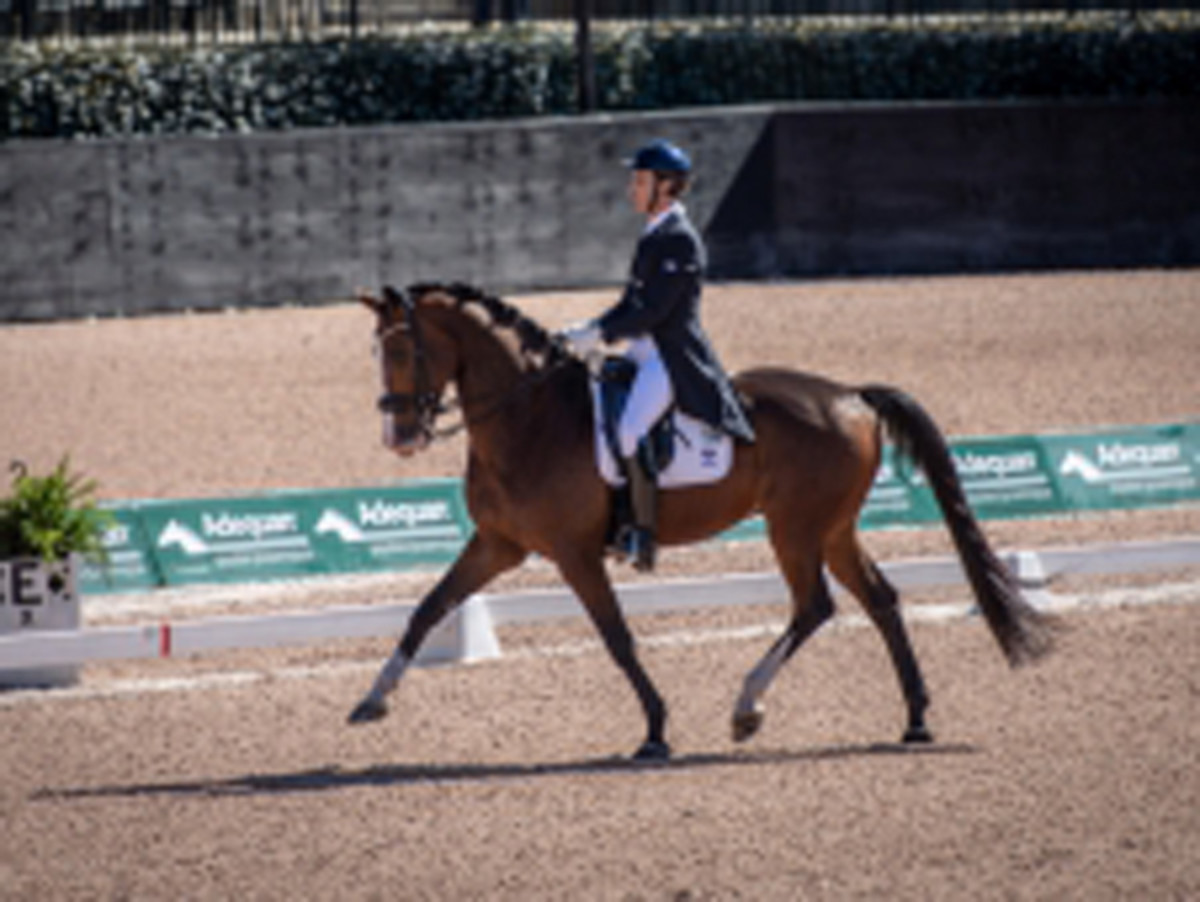
WEG Tryon 2018 has Para Dressage underway now. Riders of various abilities must ride set tests just like in normal FEI Dressage. It is impressive to watch the love for the horses and the dedication of these riders.
Rules of Competition
Para-Dressage is conducted under the same basic rules as conventional Dressage, but with riders divided into different competition Grades based on functional abilities. It is incredible how these athletes do not let any impairments stop them from doing what they love. Before we dive into what Para-Dressage entails, lets read a few fast facts here and then find out more details below:
- Horses must be 9 years old.
- Athletes must be at least 16 years old.
- When an athlete makes an “error of the course” (takes a wrong turn, omits a movement, etc.) the Judge at C warns them by sounding a bell. The Judge shows them, if necessary, the point at which they may go back and make up the test.
- Those with visual impairments may use a caller to call out letters to them.
- Those with hearing impairments may use a commander who can sign the test to them by standing at either letter E or B outside of the arena.
- Athletes are allowed compensating aids including special equipment or prostheses needed to ride. A few examples are saluting with head only, sitting or rising trot, a saddle of any type, elastic bands on stirrups, 1 whip, safety vest, etc.
- An arm band in a distinctive color must be worn at all times by Grade IV and V athletes with visual impairment while they are mounted outside of the competition arena.

How Grades of Para-Dressage are Determined
Grade I: Athletes in Grade I have severe impairments affecting all limbs and trunk. These athletes usually require a wheelchair. When these athletes compete, their test is completed through the walk and they may not show a canter, piaffe or passage.
Grade II: Athletes in this Grade have either a severe impairment of the trunk and minimal impairment of the upper limbs or moderate impairment of the trunk, upper and lower limbs. Most athletes in this grade also use a wheelchair in daily life. These athletes complete their tests through the walk and the trot and they may not show a canter, piaffe or passage.
Grade III: These athletes have severe impairments in both lower limbs with minimal or no impairment of the trunk. Or they have moderate impairment of the upper and lower limbs and trunk. Athletes in this Grade may use a wheelchair in daily life. These athletes also compete at a walk and a trot and may not show a piaffe or passage. They can only show canter work that does not include lateral work, flying changes, half or full pirouettes.
Grade IV: Athletes in Grade IV have severe impairment or deficiency of both upper limbs or a moderate impairment of all four limbs or short stature. These athletes are usually able to walk and generally do not require a wheelchair in daily life. Athletes with visual impairments such as very low visual acuity and/or no light perception also fall into this Grade. Athletes in this Grade compete at the walk, trot, with lateral work, and the canter.
Grade V: The final Grade of Para-Dressage includes athletes who have very mild impairment of movement or muscle strength or a deficiency of one limb or a mild deficiency of two limbs. These athletes may also have visual impairments that are less severe than those competing in Grade IV and/or a visual field of less than 5 degrees radius. Athletes in this Grade compete at a walk, trot and canter with lateral work but they may not show a piaffe, passage, one or two times sequence changes, or full pirouettes.
*An Athlete that intentionally shows disallowed paces or movements during the execution of the test will have eight marks deducted by each Judge each time a not allowed movement is shown, and a choreography mark of five or below, but no elimination.
Health coverage from WEG Tryon 2018 is brought to you by KindredBio Equine.








